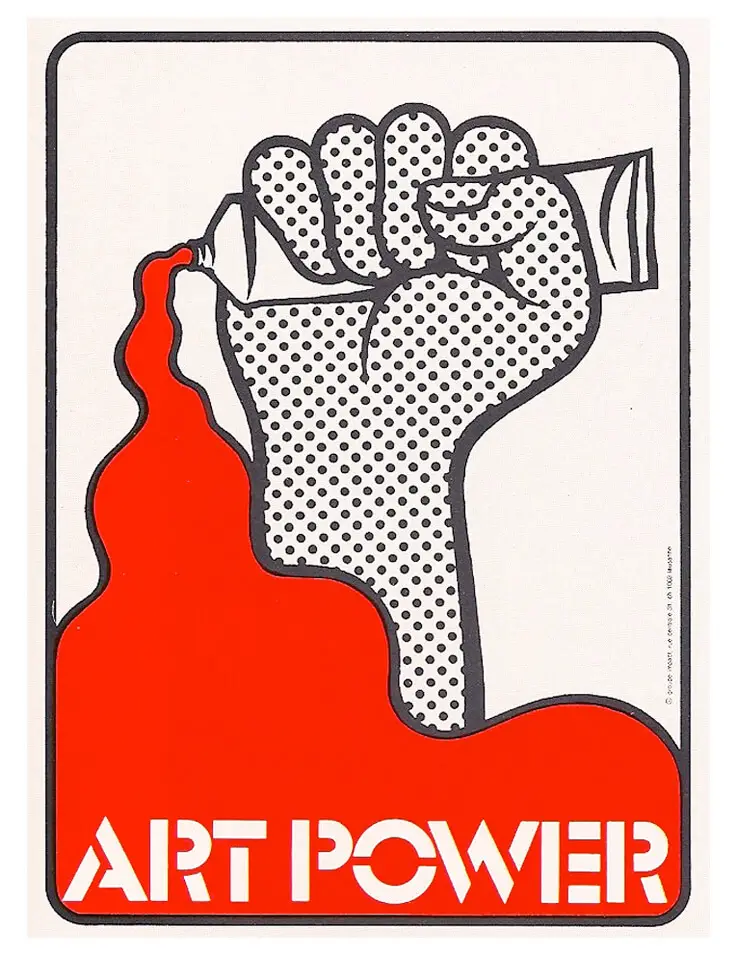All About Vellum

Vellum is one of the oldest and most technically challenging media available to artists. It has been used by middle ages monks, and the UK government to record Acts of Parliament, and it continues to inspire contemporary artists, who are experimenting with new methods to use vellum in their work.
What is Vellum?

While manufacturers often use the term “vellum” to refer to the surface of fine art paper, traditional vellum is a type of parchment created from calfskin that is cleansed, hairless, and stretched over a frame to dry. The surface may next be abraded with pumice and treated with lime or chalk, depending on the desired finish.
Why use Vellum?

Although vellum is susceptible to moisture (causing it to buckle), it is significantly more resistant to water, fire, and repeated handling than paper, and it does not rot, assuring its long-term viability.
Aside from its utilitarian benefits, vellum’s off-white surface allows light to pass through translucent watercolours, giving the works painted on it a luminous look that adds to their artistic appeal.
The History of Vellum

The techniques used by artists in illuminated manuscripts were also ideally suited to portrait miniatures, which first gained popularity in Elizabeth I’s court, guaranteeing that vellum continued to play an important role in art history even as paper and the printing press gradually displaced manuscripts. Miniaturists began painting on ivory around 1700, with vellum being used primarily by botanical artists like Pierre-Joseph Redouté (1759–1840), a tradition that was revived in the mid-twentieth century by the remarkable Scottish painter Rory McEwen (1932–1982), whose work has inspired an entire generation of botanical artists.

Fiona Strickland, a contemporary painter, has spent the past two years creating 18 vellum paintings that will be exhibited at Jonathan Cooper Gallery in London this September, a project she characterises as a “labour of love.”
Vellum, unlike paper, is non-absorbent, thus watercolours sit on its surface and must be applied in successive layers using a ‘dry brush’ technique (with the artist waiting for each layer to dry before applying the next). ‘I use a very little sable brush to apply the paint, gradually establishing subtle shifts in tone and colour to depict their form,’ Fiona adds. ‘Realizing just a few millimetres may take several hours or days, and it cannot be hastened. It takes a lot of determination and the utmost respect for the finest of artist materials.’ The largest of her pieces took over 400 hours to finish due to this laborious procedure, but the end result is a stunning depth of colour that wonderfully captures the form of her plant themes while also communicating great energy and emotion.
Information Citations
En.wikipedia.org, https://en.wikipedia.org/.
Recommend0 recommendationsPublished in Art History, Art Tips, Resources






